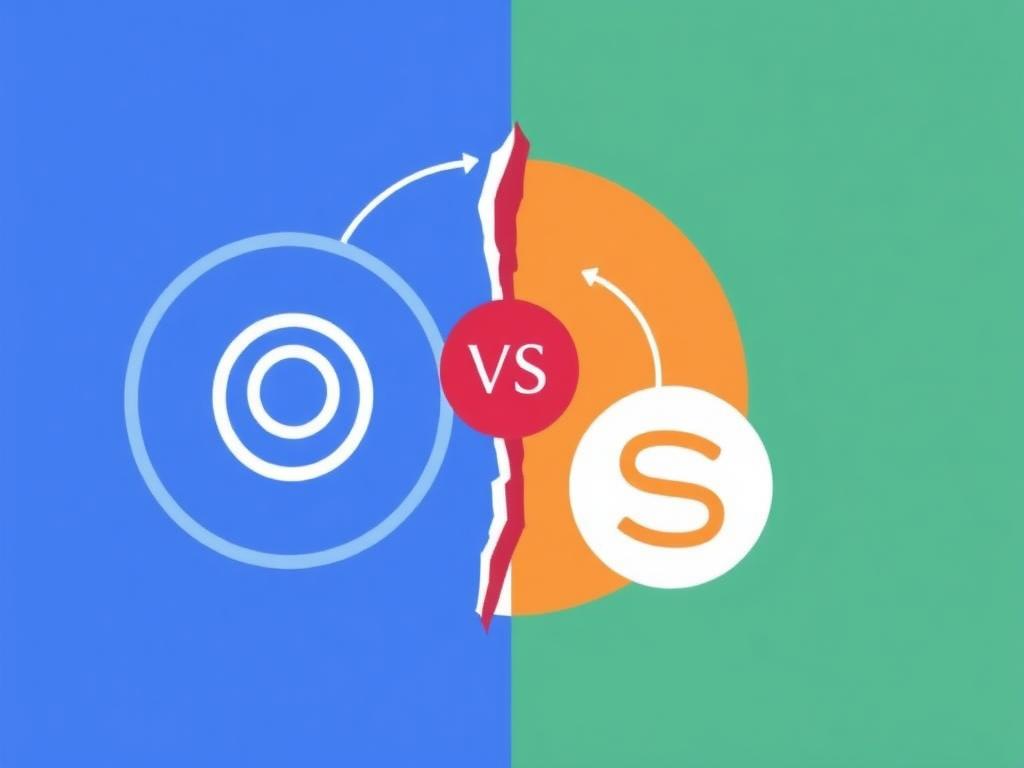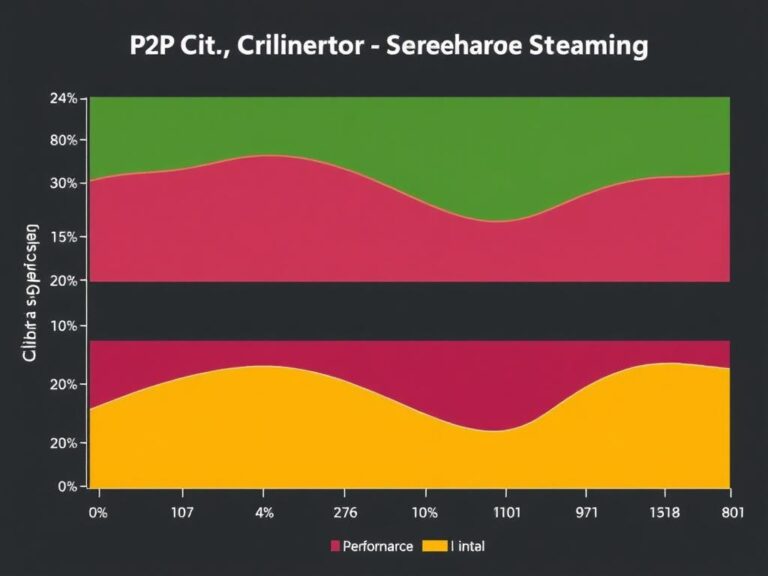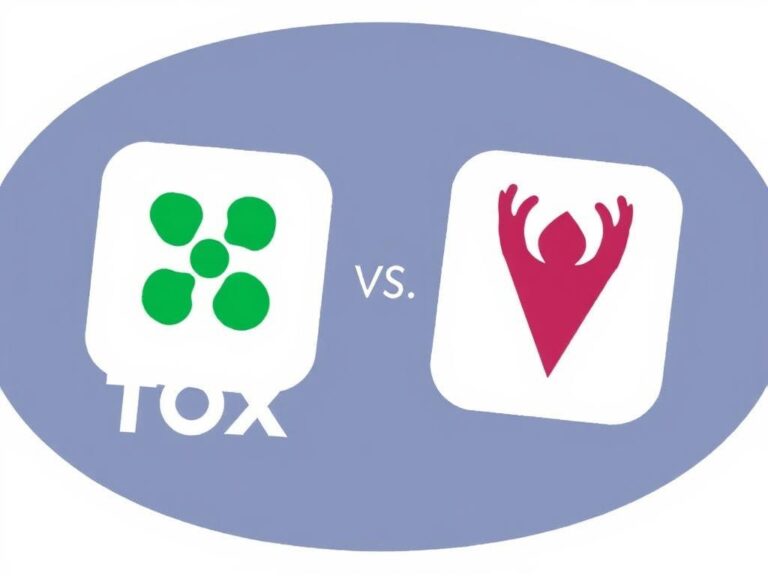Resilio Sync vs. Syncthing: Which P2P Sync Tool is Better?
In today’s world, where data privacy and instant access to files across multiple devices matter more than ever, peer-to-peer (P2P) synchronization tools have become essential. Two of the most popular names in this space are Resilio Sync and Syncthing. Both promise seamless, secure, and efficient file syncing without relying on cloud services, but which one truly stands out? Whether you are a casual user wanting to sync personal files or a business seeking a reliable solution for team collaboration, understanding the differences between these two P2P sync tools is crucial. Let’s dive deep and explore Resilio Sync vs. Syncthing in every aspect, from performance and security to ease of use and features.
Understanding Peer-to-Peer Sync Tools
Before jumping straight into the comparison, it helps to understand what P2P sync tools are and why they are gaining popularity. Traditional cloud storage services store your data on third-party servers, which raises concerns about privacy, subscription costs, and sometimes speed. Peer-to-peer synchronization eliminates the middleman by allowing devices to sync files directly between each other. This not only enhances security but often improves sync speed because files are transferred directly from device to device.
Both Resilio Sync and Syncthing operate on this principle, using powerful algorithms to keep your files in sync across computers, smartphones, and other devices. Now, let’s see how each tool fares when pitted against the other.
Key Features Comparison
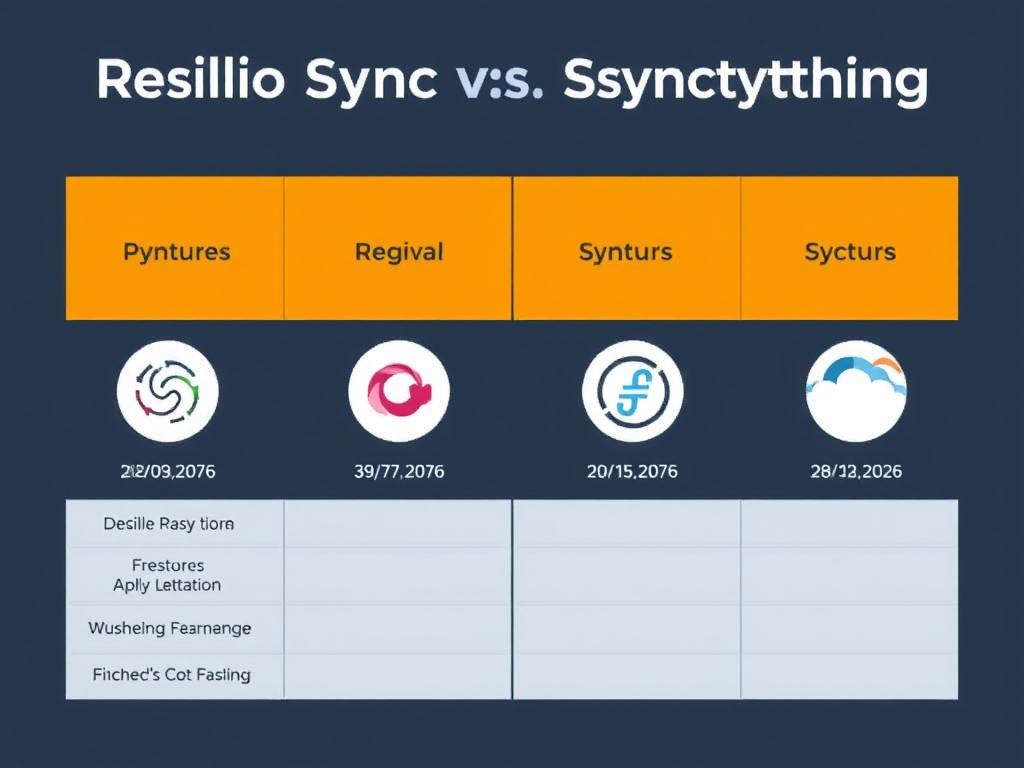
A good starting point is comparing the core features offered by Resilio Sync and Syncthing. Both tools share some common ground, such as encrypted peer-to-peer file syncing and cross-platform support, but there are differences worth noting.
| Feature | Resilio Sync | Syncthing |
|---|---|---|
| Open Source | No (Proprietary software) | Yes (Fully open source) |
| Platforms Supported | Windows, Mac, Linux, Android, iOS, NAS | Windows, Mac, Linux, Android, BSD, NAS |
| Encryption | End-to-end encryption | End-to-end encryption |
| File Versioning | Available in paid versions | Built-in & customizable |
| Selective Sync | Yes | Yes |
| Free Version | Limited features | Fully functional |
| Mobile Support | Yes | Yes |
| Community Support | Official support & forums | Active, large community support |
Ease of Setup and User Experience
One of the first things users notice when choosing a P2P sync tool is how simple and friendly the setup process is. Resilio Sync prides itself on a polished and intuitive user interface, designed to cater to users ranging from novices to experienced professionals. Installation is straightforward, and sharing files with others usually just requires sending a link or QR code, making it incredibly easy for non-technical users.
On the other hand, Syncthing, while powerful, comes with an interface that might look a bit technical at first glance. It’s mostly web-based and requires some configuration after installation, which might intimidate beginners. However, once you get used to its dashboard, it offers a lot of customization and control over your syncing preferences. Syncthing’s community forums and documentation are excellent places to find help, but users need patience to get everything running smoothly.
Step-by-step Setup Comparison
- Resilio Sync: Download installer → Install application → Create folder or share a folder → Send share key or QR code → Sync begins immediately.
- Syncthing: Download and install → Access web GUI → Add folder → Share folder ID with peers → Configure devices → Sync starts after approval.
In short, if you want a turnkey solution without much fuss, Resilio Sync offers a better user experience. If you prefer detailed control and don’t mind digging into settings, Syncthing has the flexibility you might desire.
Performance and Speed
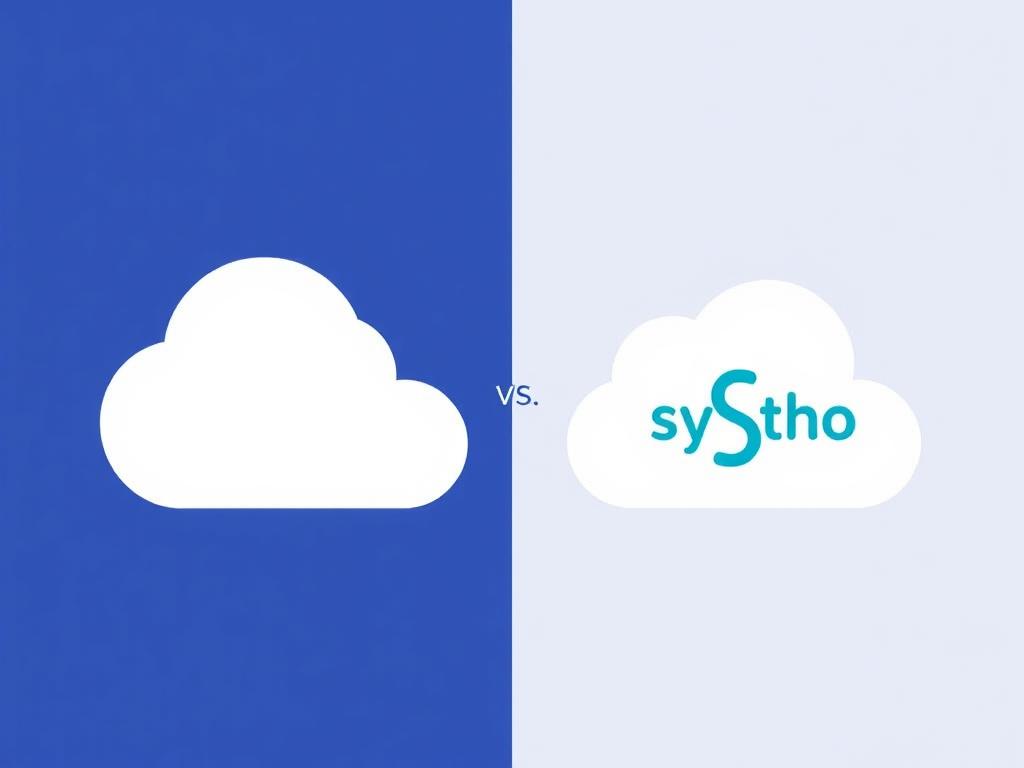
When it comes to syncing large files or many files, speed and efficiency are paramount. Both Resilio Sync and Syncthing use advanced algorithms to optimize syncing – notably Resilio Sync’s BitTorrent-based protocol, which is highly efficient in distributing files across multiple devices simultaneously. This protocol allows Resilio Sync to deliver superior speed, especially in complex networks and when syncing large datasets.
Syncthing employs its own custom block-syncing algorithm that works well but sometimes delivers slower initial synchronization compared to Resilio Sync. This is mainly because Syncthing focuses on data integrity and consistency, continually checking for changes and resolving conflicts. Users with slower or unstable internet connections might notice that Resilio Sync manages connections more aggressively and efficiently, speeding up the overall syncing process.
Security and Privacy Considerations
For many users, especially those storing sensitive information, security becomes a deciding factor. Both Resilio Sync and Syncthing boast end-to-end encryption to ensure files are protected during transfer. This means your data is encrypted on your device before being sent and can only be decrypted on authorized devices.
However, Syncthing’s open-source nature adds an extra layer of trust for privacy-conscious users. Since its code is publicly audited and continuously reviewed by the community, vulnerabilities can be spotted and patched quickly. Resilio Sync, being proprietary, relies on its official updates and user trust, which could be a concern for some.
Neither tool stores your files on third-party servers, eliminating many privacy risks inherent in cloud-based solutions. You maintain full control of your files and access permissions.
Customizability and Advanced Features
Syncthing often appeals to advanced users and IT professionals because of its rich customization options. You can tweak how devices communicate, control file versioning policies, configure bandwidth limits, and even script automated actions based on syncing events. It also has powerful options for conflict resolution and folder-specific settings.
Resilio Sync, while offering some customization, favors simplicity and speed over granular controls. Its premium versions unlock advanced features like selective sync for mobile, access controls, and enhanced versioning, which businesses might find helpful. For users wanting integrated NAS support or priority technical support, Resilio’s paid plans deliver.
Pricing and Licensing
Price is a crucial factor for many when choosing between Resilio Sync and Syncthing. Here’s a quick breakdown:
- Resilio Sync: Offers a free version with basic sync features but with some limits. To unlock advanced capabilities such as selective sync on mobile, encryption controls, and commercial licenses, users must purchase a Pro plan, usually with a one-time or subscription fee.
- Syncthing: Completely free and open source. No premium version exists, making it an attractive choice for those on tight budgets or who advocate open software.
Pricing Table
| Tool | Free Version | Paid Version | Cost |
|---|---|---|---|
| Resilio Sync | Limited features | Pro plan with advanced features | Starts at $60 for one license (one-time payment) |
| Syncthing | Fully functional | None (Open source) | Free |
Community and Support
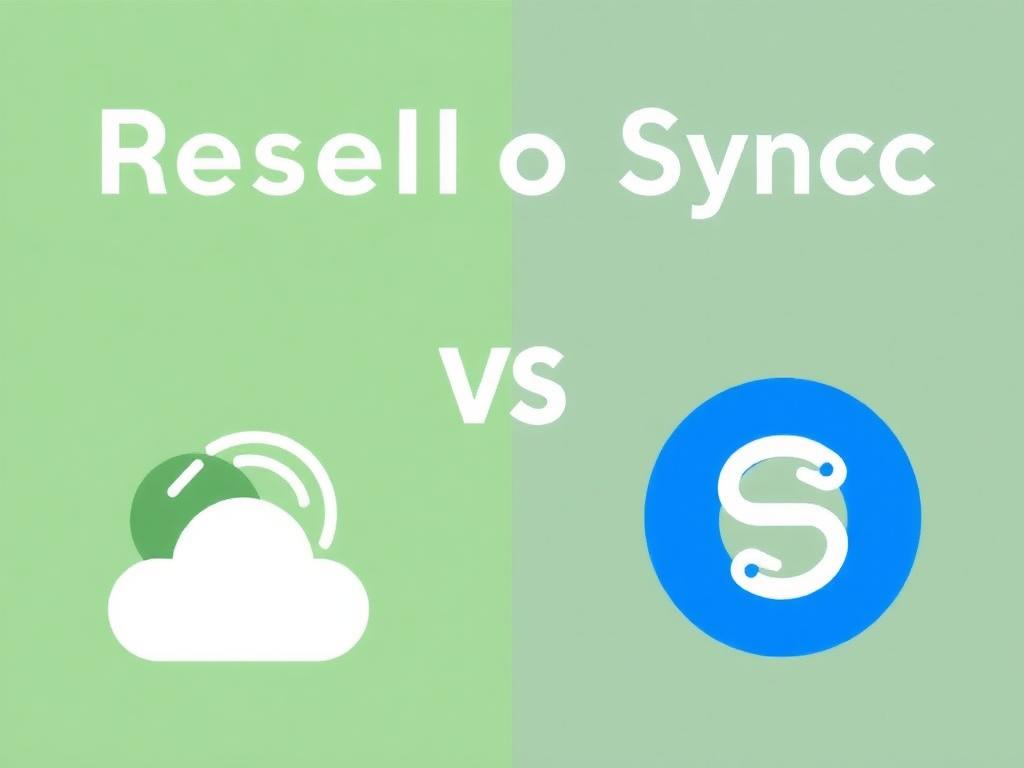
Support means different things depending on the user’s needs. Resilio Sync provides official customer service and detailed documentation, plus user forums where you can get help from fellow users. Paid customers also receive priority tech support, which is valuable for businesses requiring reliable and accessible assistance.
Syncthing, being open source, thrives on its community. It has an active, helpful user base who contribute to documentation, troubleshoot issues in forums, and even develop new features. If you prefer peer support and collaborative problem-solving, Syncthing delivers. However, it lacks official technical support, which might put off enterprise users.
Conclusion
Choosing between Resilio Sync and Syncthing largely depends on what you value more in a P2P sync tool. If you prioritize a polished user experience, professional support, and blazing-fast sync speeds — especially in complex or mixed-device environments — Resilio Sync is likely the better choice, provided you don’t mind purchasing a license for all the advanced features. Syncthing, by contrast, shines as a completely free, open-source, and highly customizable option that appeals to users who want granular control and are comfortable with a bit of setup time. Both tools offer strong security through end-to-end encryption and truly embrace the P2P ethos by eliminating cloud dependencies. Ultimately, your decision should align with your technical comfort, budget, and specific syncing needs, because both Resilio Sync and Syncthing have proven themselves as reliable, powerful solutions in the peer-to-peer syncing world.
